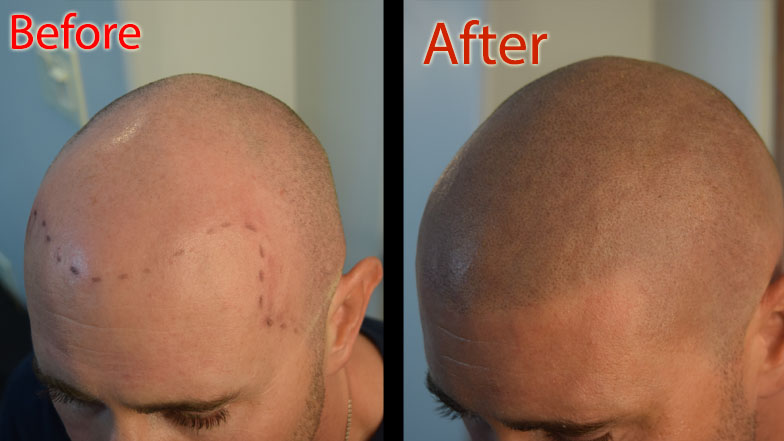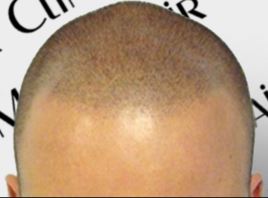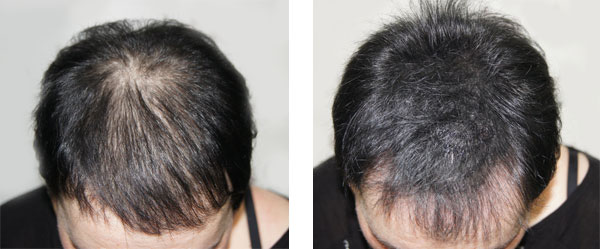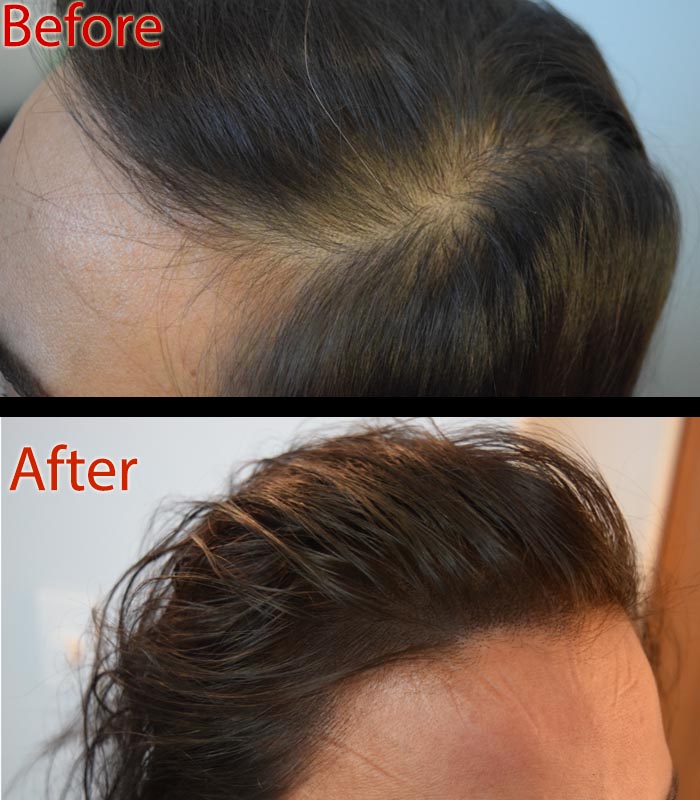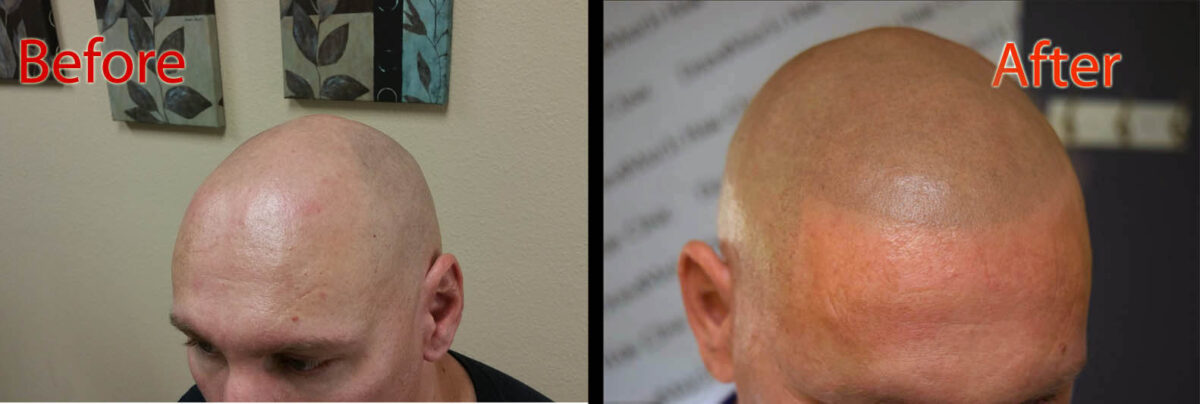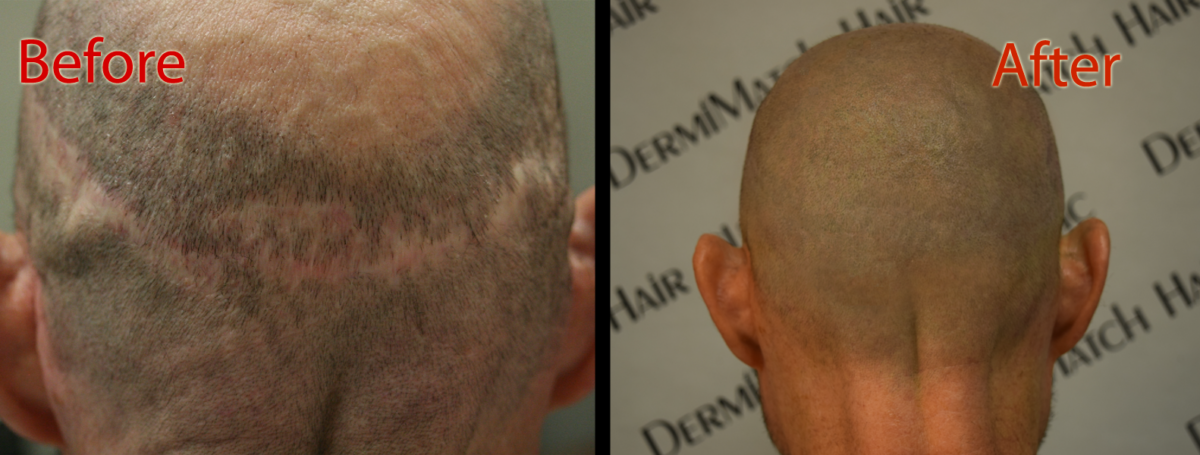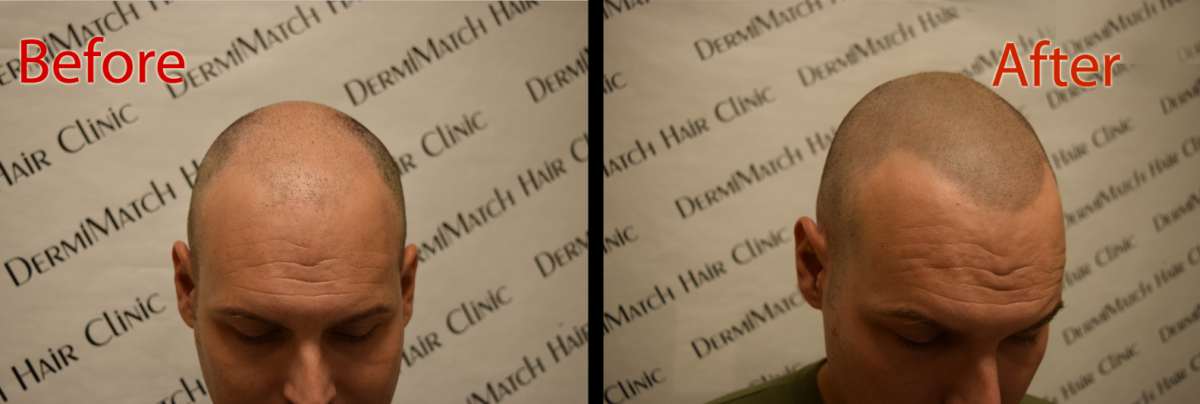Dealing with thinning hair can shake your confidence and self-esteem. Whether you’re experiencing male pattern baldness, female hair thinning, or conditions like alopecia, you’re not alone in searching for ways to hide thinning spots and achieve a fuller appearance. Of course, there’s a lot of emotional impact that hair loss brings along. Let’s explore effective strategies to fix thinning hair and boost your self-image with solutions that work for everyone in Arizona and beyond.
Quick Fix for Thinning Hair
The right haircut can make a world of difference when concealing thin spots. Men often benefit from shorter styles like buzz cuts or textured crops that minimize the contrast between thinning areas and thicker patches. This reduces scalp visibility and creates a more uniform look.
Women experiencing female pattern hair loss can choose layered cuts or styles with volume that create the illusion of thickness. Side parts strategically placed away from thinning areas can redistribute hair where you need it most.
Temporary Cover-Up Products
Hair fibers and powders offer quick solutions for hiding thinning hair. These products attach to existing strands, instantly creating the appearance of density. They work especially well for covering bald spots on the crown or along part lines.
Available in various shades to match your natural color, these concealers are affordable and simple to apply. However, they may not hold up well in rain or during intense physical activity, requiring frequent reapplication.
Scalp Coloring Options
Temporary sprays and dyes that match your hair color can significantly reduce scalp show-through. By tinting the scalp, these products create a seamless blend between hair and skin, effectively camouflaging thinning areas. This approach works well for both men and women with mild to moderate thinning but requires regular touch-ups.
Traditional Covering Methods for Thinning Hair
Accessories offer practical fixes for thinning hair. They help hide hair loss in various settings. Hats, scarves, and bandanas provide stylish coverage for casual occasions, while high-quality wigs offer complete coverage for more severe thinning. However, these options feel temporary and might not suit everyone’s comfort level or personal style.
Why Scalp Micropigmentation Stands Out?
While the methods above offer temporary relief, scalp micropigmentation provides a more permanent solution for thinning hair concerns. This innovative technique uses specialized pigments to create the appearance of hair follicles on the scalp, delivering natural-looking results that last.
The SMP Advantage
The best SMP practitioners in Arizona create a realistic buzz-cut appearance by carefully applying pigments that mimic natural follicles. This technique effectively:
- Camouflages thinning patches across the entire scalp
- Creates the illusion of density and fullness
- Defines hairlines for a more youthful appearance
- Works with your existing hair for seamless blending
- Addresses both male pattern baldness and female hair thinning
Unlike temporary concealers or wigs, scalp micropigmentation offers a fix for thinning hair, which is a kind of non-surgical hair loss solution that doesn’t require daily maintenance. The results last 3-8 years before requiring a touch-up, making it cost-effective over time.
SMP works exceptionally well for:
- Receding hairlines
- Crown thinning
- Diffuse thinning throughout the scalp
- Scar camouflage from hair transplants
- Complete baldness
- All skin types and hair colors
Take the Next Step Toward Hair Confidence
Living with thinning hair doesn’t mean sacrificing your confidence. While traditional methods to hide hair loss offer temporary relief, scalp micropigmentation provides a lasting solution that looks natural and requires minimal maintenance.
DermiMatch Arizona SMP specialists understand the emotional impact of hair loss and work closely with each client to achieve the most natural-looking results. By creating thousands of tiny impressions that mimic hair follicles, we help clients regain the appearance of fuller hair and the confidence that comes with it.
Ready to discover how SMP can transform your look? Book your consultation today and learn why scalp micropigmentation is considered the best way to conceal hair loss by clients throughout Arizona and beyond.

